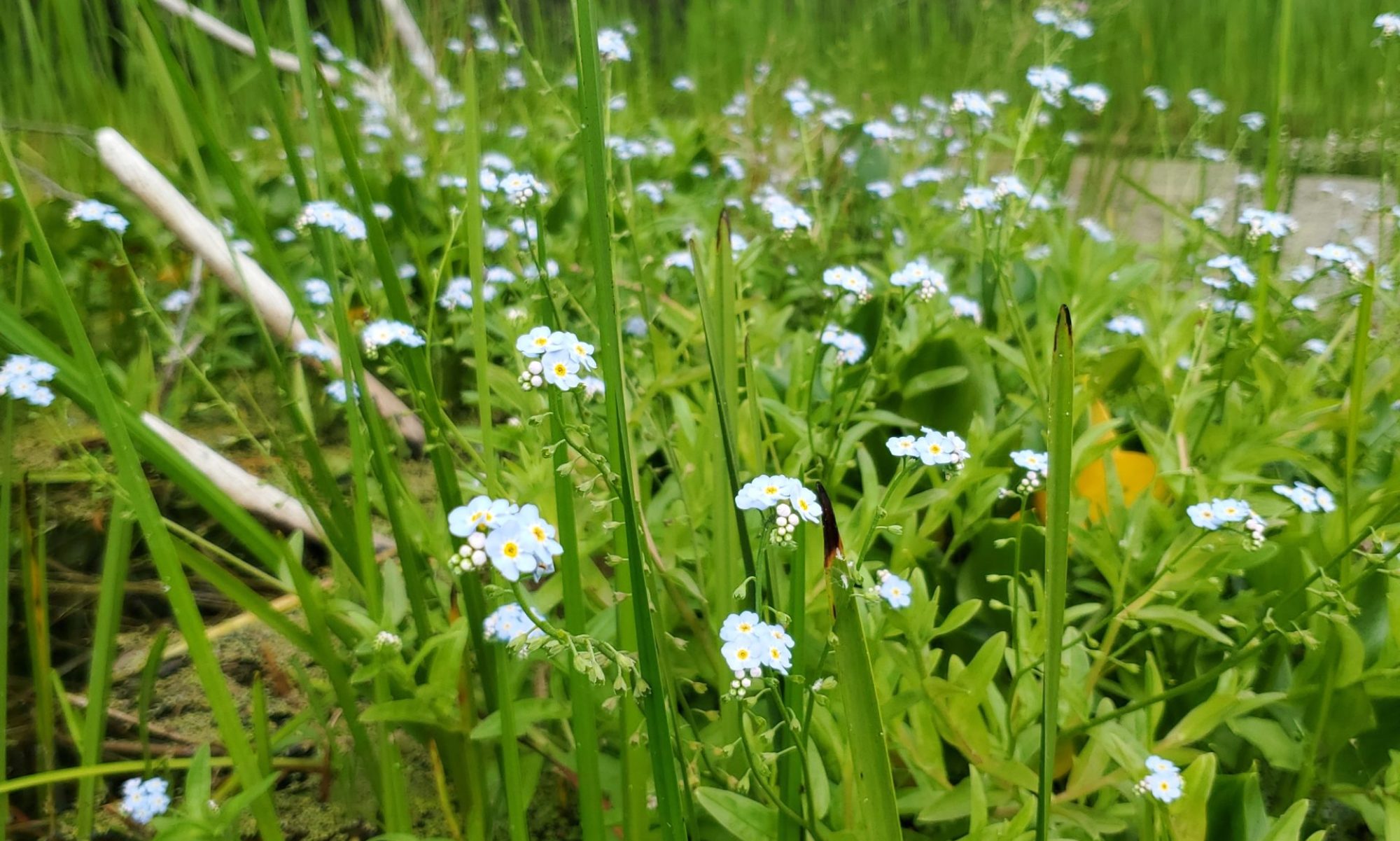What is a Digital Footprint?
A digital footprint, as defined on www.dictionary.com, is “one’s overall impact, impression, or effect as manifested on the internet; online presence or visibility, as of a person or company”. To me, this can be best explained as a sort of bread crumb trail that begins from the moment a social media account is opened and lengthens with each additional post, comment, share, or even like. With every new ‘friend’ or ‘follow’, our digital footprint extends and encroaches into their life, as well as potentially the lives around them. The rate at which a digital footprint can grow is astounding, especially for those who post frequently on their social media accounts which means it is imperative that we, as educators, fully understand the pros and cons of our digital footprints so that we can teach the same to our students to ensure that from a young age they are being safe, smart, and responsible with their growing online image.
Pros and Cons of Having a Digital Footprint
A pro regarding the manifestation of a digital footprint is that it allows for all people with internet access to publicize a positive and engaging image of themselves for potential schools, employers, friends, and family. And while there are many cons that can come along with a digital footprint (as I will get to later), it has come to my attention through recent research that a possible con that I hadn’t thought of yet is that having no digital footprint at all could be nearly as negative as having a questionable (yet accessible) footprint. William M. Ferriter discusses in his article Digitally Speaking / Positive Digital Footprints about how educators need to stop using scare tactics to terrify children out of creating a digital footprint at all, but instead, to use a smart and respectful tiered method to enable them to create and mold something good and genuine to put out into the world. It is no secret that the internet is integrated into nearly every aspect of our every day lives, so it only makes sense that our students will benefit from having a strong and impressive digital footprint for anybody to see.
A positive digital footprint can be impressive, but what I think is most impressive is the ability to create a positive digital footprint whilst avoiding the dangers and risks that often accompanies digital footprints if we (or our students) are not careful. Some dangers/risks that can come along with a growing digital footprint are:
- a publicized home address can lead to a burglary or theft (or worse)
- personal information made public online (such as birthdays, full names, and social insurance numbers) can lead to identify theft (which is not a joke, Jim)
- if inappropriate posts are added to a public social media page (could either be by you, or a friend posting to their own public page something that portrays you in a negative light) then the posts will be visible to future potential employers, school administrators or professors, and family.
Good news though! While we were all younger once and new to the internet and its wily ways of collecting and publicizing our personal routines, information, and social lives, there are resources to help us clean up our own digital footprints as well as guide us in the future to make us think: should I post this? what could this post result in?
FOSI, the Family Online Safety Institute has dedicated its website to ensuring that parents are better able to monitor their children’s digital footprints as they mature. The resources found here seem to also be great resources for educators: FOSI | Digital Reputation
And here is a checklist they have developed for us and our students to reference when active online:
FOSI Digital Footprint Checklist
My Digital Footprint. What is it? Why does it matter?
After doing MUCH looking around, I found what I was looking for! A safe website that will check my own digital footprint. And turns out… I like what I see! Or I guess, I like what everyone else can see…
The website is: Social Profile Checker by SALT.agency and you simply input some (very) basic information, click Next, and see what it can find about you online.
I’m happy to say that the only results of mine that show up are related to my post-secondary education accomplishments as well as the content that I have purposefully put out there for my current program (this blog being one of the first links, as an example!). My twitter account is also one of the first results, so ultimately I feel impressed with myself that potential future employers will be given full access to my own learning journey and my efforts to becoming a teacher.
My own personal guidelines for how I manage my social media and digital footprint are something that I have just naturally done and I can admit that I have actually not put much thought into. I ask myself a series of questions before posting anything online:
- Is this something I want to share with the world? or is this something just for me?
- Instead of posting this on social media, should I just send it to a handful of people privately instead so that I can share directly with them, leaving everyone else out of it?
- Does this post shed a positive light on me?
- How will this post make others feel?
Often, as you could see on my social media, such potential posts do not pass my question check and end up staying offline, which has apparently worked to my advantage! What a relief to search myself and only see positive reflections of myself and my efforts!
References
Digital footprint. https://www.dictionary.com/browse/digital-footprint.
Digital Reputation. FOSI. https://www.fosi.org/topics/what-parents-need-to-know-about-digital-reputation.
Ferriter, W. M. Digitally Speaking / Positive Digital Footprints. Positive Digital Footprints – Educational Leadership. http://www.ascd.org/publications/educational-leadership/apr11/vol68/num07/Positive-Digital-Footprints.aspx.
Social Profile Checking Tool. Social Profile Checker by SALT.agency. https://salt.agency/tools/social-profile-checker/#.
